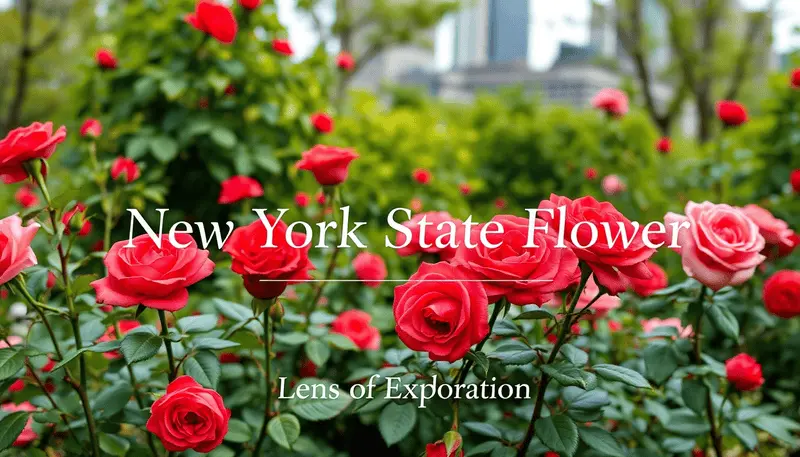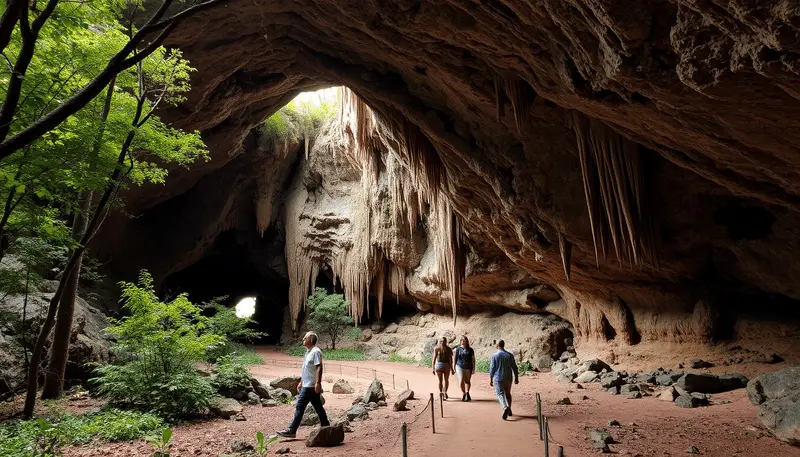Tequila, often hailed as the heart and soul of Mexico, is much more than just a distilled beverage. It embodies centuries of tradition, craftsmanship, and cultural pride. This iconic spirit has gained international recognition, becoming synonymous with celebration and festivity. However, behind every bottle lies a rich history that transforms the blue agave plant into the world-renowned drink. Let’s Explore the origins, production, types, and cultural significance of tequila Mexico.
The Origins of Tequila Mexico
The story of tequila Mexico begins long before the Spanish conquest, rooted in the ancient traditions of Mesoamerican civilizations. The indigenous peoples of present-day Mexico long revered the agave plant, using it for food and fiber. They also incorporated it into religious rituals. The earliest precursor to tequila was a milky, fermented beverage called “pulque”. The sap of the agave plant made it. Pulque was considered a sacred drink, often reserved for priests and nobles during ceremonial events.
The arrival of the Spanish in the 16th century brought with it the art of distillation. Which they applied to the native pulque. This led to the creation of the first distilled agave spirit, known as “mezcal”. Over time, artisans refined the distillation process, particularly in the region around the town of Tequila, Jalisco. The unique soil and climate conditions in this area make it ideal for growing blue agave, the only variety used to make tequila. By the late 18th century, tequila had emerged as a distinct spirit in Mexico. It gained popularity both within the country and abroad..
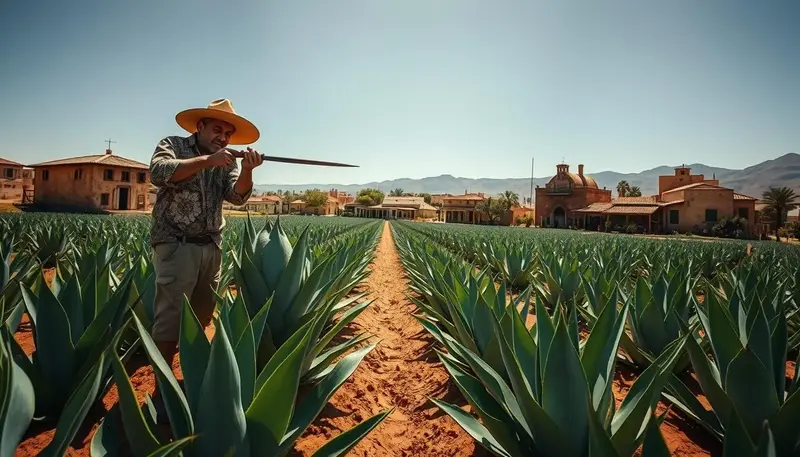
The Art of Tequila Mexico Production
Tequila production is labor-intensive and requires skill. It starts in the fields where jimadores select mature agave plants. The leaves are removed to reveal the piña, which weighs 80 to 200 pounds. The journey begins in the agave fields, where jimadores, the skilled harvesters. Carefully select mature agave plants, typically after 7 to 10 years of growth. The leaves are stripped away to Explore the beauty of Komodo Island Indonesia.
These piñas are transported to distilleries, where they are roasted to convert the plant’s starches into fermentable sugars. Traditionally, the piñas were cooked in large earthen ovens called “hornos,” a process that could take several days. Today, many distilleries use autoclaves, which are large, industrial ovens that speed up the cooking process while preserving the essential flavors of the agave.
Once cooked, the piñas are crushed to extract the sweet juice, known as aguamiel. This juice is then transferred to fermentation tanks, where it is allowed to ferment naturally or with the addition of yeast. The fermentation process can take several days, during which the sugars are converted into alcohol. This fermented liquid, now called “mosto,” undergoes distillation, typically in copper pot stills, to concentrate the alcohol and purify the spirit.
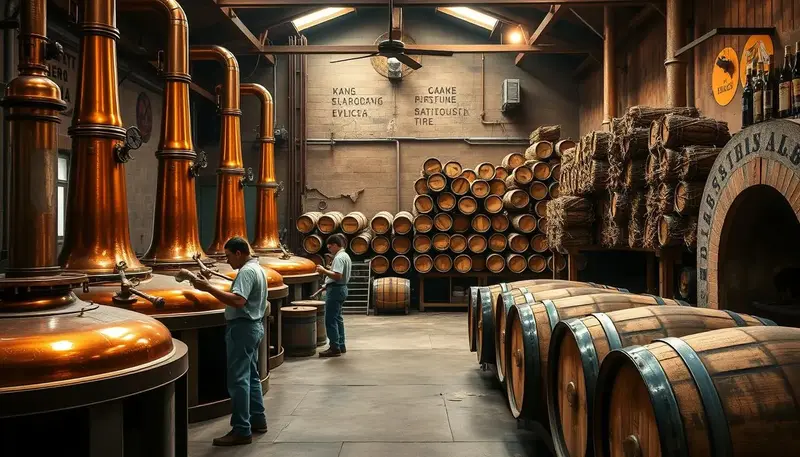
Different Varieties of Tequila Mexico Understanding the Nuances
Tequila is not a monolithic drink; it comes in various forms, each with its unique characteristics and flavors. The type of tequila depends largely on the aging process, with different categories offering a range of tastes and experiences.
Blanco tequila Mexico, also known as silver or white tequila, is the purest form of the spirit. It is bottled immediately after distillation, capturing the raw, vibrant flavors of the agave. Blanco tequila is often described as having a bright, peppery taste with notes of citrus and herbs. Its unaged nature makes it a popular choice for cocktails, where its bold flavors can shine. Learn about Albania’s Stone City.
Reposado tequila Mexico is aged in oak barrels for a minimum of two months but less than a year. This short aging period gives reposado tequila a balanced flavor profile, blending the fresh agave notes with hints of vanilla, caramel, and wood. Reposado tequila is a versatile spirit, enjoyed neat, on the rocks, or in a variety of cocktails.

The Cultural Significance of Tequila Mexico
Tequila is more than just a popular drink; it is an integral part of Mexican culture and heritage. In Mexico, tequila is often enjoyed during celebrations, such as weddings, birthdays, and national holidays, where it symbolizes joy, unity, and tradition. The spirit is also a central feature in various Mexican rituals and festivities, including the Day of the Dead, where tequila is offered to the spirits of loved ones.
The town of Tequila, located in the state of Jalisco, is considered the birthplace of this iconic spirit. It is a UNESCO World Heritage site and a major tourist destination, attracting visitors from around the world who wish to explore the history and production of tequila Mexico. The region is home to numerous distilleries, many of which offer tours and tastings, providing an immersive experience into the world of tequila.
Tequila’s Global Appeal: A Growing Market
In recent decades, tequila has experienced a surge in global popularity, becoming one of the fastest-growing spirits in the world. The United States is the largest consumer of outside tequila Mexico, with demand driven by both traditional margaritas and a growing appreciation for premium and artisanal tequilas.
This rising interest in tequila has led to a boom in exports, with Mexican tequila producers shipping millions of liters of the spirit worldwide each year. In 2022, tequila exports reached an all-time high, with over 372 million liters sent abroad, reflecting a 15% increase from the previous year. The premium tequila market, in particular, has seen significant growth, with consumers willing to pay more for high-quality, aged tequilas. Explore the Majesty of India Gate.
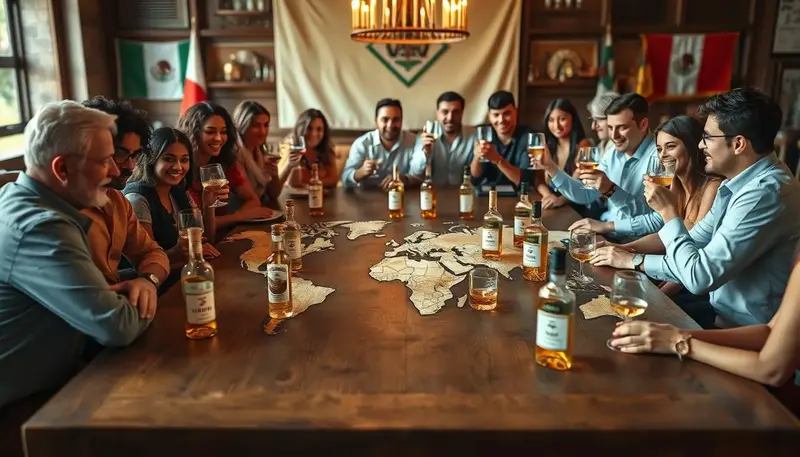
Tasting Tequila: An Experience for the Senses
Tasting tequila Mexico is a sensory experience that goes beyond simply drinking it. To truly appreciate the spirit, it’s important to engage all the senses, from sight and smell to taste and touch.
When tasting tequila, the first step is to observe its color. The hue of the tequila Mexico can give clues about its age and the type of barrel it was aged in. Blanco tequilas are typically clear, while reposado and añejo tequilas have a golden or amber tint, depending on their time in the barrel.
Conclusion
Tequila is more than just a drink; it is a celebration of Mexican heritage, craftsmanship, and culture. From its ancient roots to its modern-day popularity, tequila has remained a symbol of pride for Mexico, embodying the spirit of its people and their traditions. Whether enjoyed neat, in a cocktail, or as part of a festive occasion, tequila offers a unique and unforgettable experience that resonates with people around the world. Learn about Red Fort Delhi.
As you explore the world of tequila Mexico, remember that each bottle tells a story—a story of the land, the people, and the passion that goes into creating this remarkable spirit. So the next time you raise a glass of tequila, take a moment to savor the flavors, appreciate the craftsmanship, and celebrate the rich cultural heritage that makes tequila truly special.urious newcomer, there’s always more to discover about this fascinating spirit. So why not explore different types of tequila, learn about its origins, and share your newfound knowledge with friends? The world of tequila is waiting for you to dive in and enjoy.

